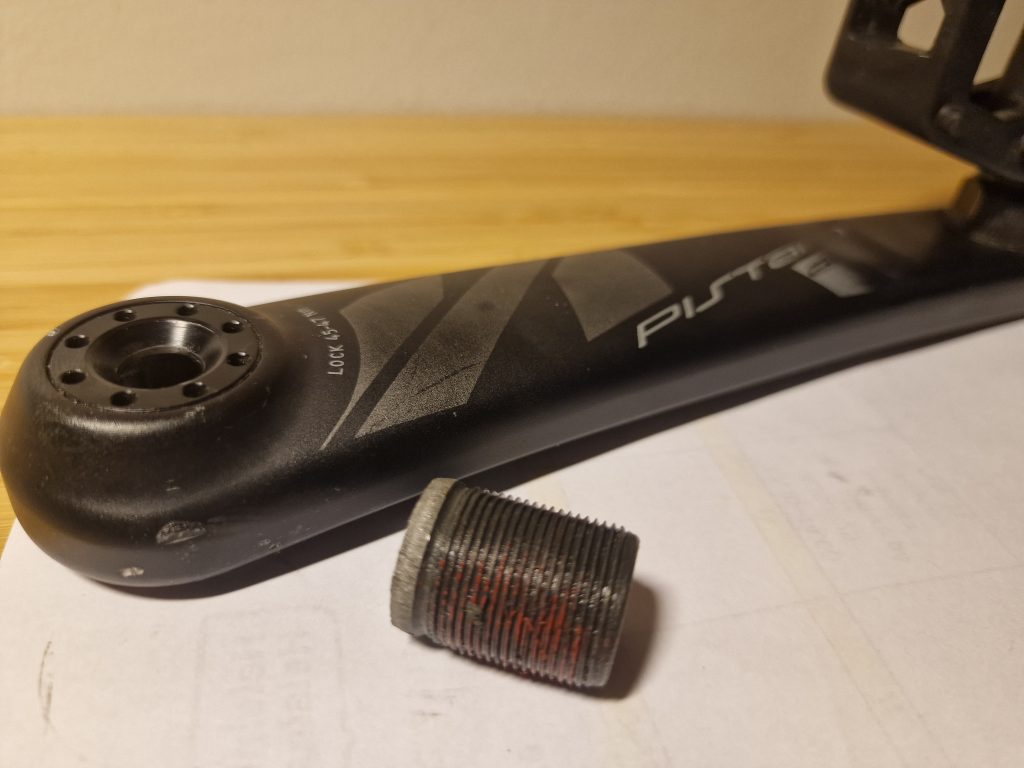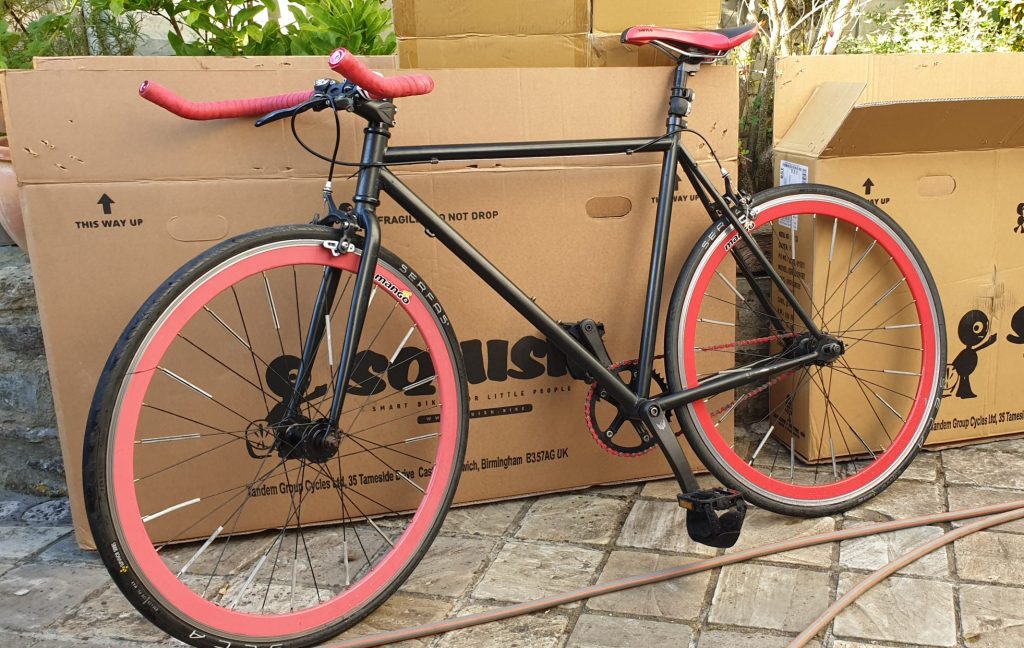Why I ride fixed gear
My fixed-gear bike uses a heavy-duty track crankset built for strength and precision. Recently, the left-hand crank bolt sheared while tightening it with a torque wrench at a Helsinki workshop, leaving the arm loose on the bottom bracket. Research showed I could replace the bolt or upgrade the entire crankset and bottom bracket, which are over six years old. In exploring this, I learned much more about fixed-gear design and why it suits me. These bikes place the pedals closer together, keeping the knees aligned with the frame for efficient power transfer. Continuous pedaling spreads effort evenly through the joints, avoiding the sudden bursts of strain common on freewheel bikes. Despite using a high 48×15 ratio, I experience no joint pain because the power delivery remains smooth and consistent. The motion feels natural, steady, and connected—less about speed surges, more about harmony with the road.
The drivetrain’s simplicity hides the fact that fixed-gear components must withstand higher stresses. The thicker chain, solid chainring, and durable bolts absorb both forward and reverse torque because back-pedaling also loads the bearings and crank arms. This constant resistance develops leg strength over time and demands stronger materials. On my earlier bike, a lighter 46×15 setup with a 1/8-inch chain eventually failed—the left crank began slipping and detached from the bottom bracket. That failure revealed how essential track-quality engineering is: even simple mechanisms require precise tolerances to survive heavy torque. Fixed-gear bikes appear minimal, yet the strength and accuracy needed to handle continuous load make them surprisingly costly. Their components may be fewer, but each must perform flawlessly under intense stress, explaining why genuine track equipment feels sturdier and more expensive than casual single-speed parts.

Through this experience I realised how fixed-gear cycling suits my body. Years ago, I rode a 14-speed road bike and often suffered knee pain. The wider pedal spacing forced my legs outward, and the irregular effort—alternating between coasting and sudden pedaling—strained cold joints. With a fixed gear, the motion stays fluid and balanced, preventing those shocks. The setback with my crank taught me more about mechanics and fit than any manual could. I also discovered the importance of crank-arm length: long 175 mm arms risk pedal strikes when cornering, whereas 165 mm options provide better clearance and smoother cadence. What seemed an expensive mechanical failure became a valuable lesson in efficiency, alignment, and resilience. Fixed-gear riding now feels even more meaningful—every rotation connects rider, machine, and motion into one continuous rhythm, turning a mechanical problem into genuine understanding.




